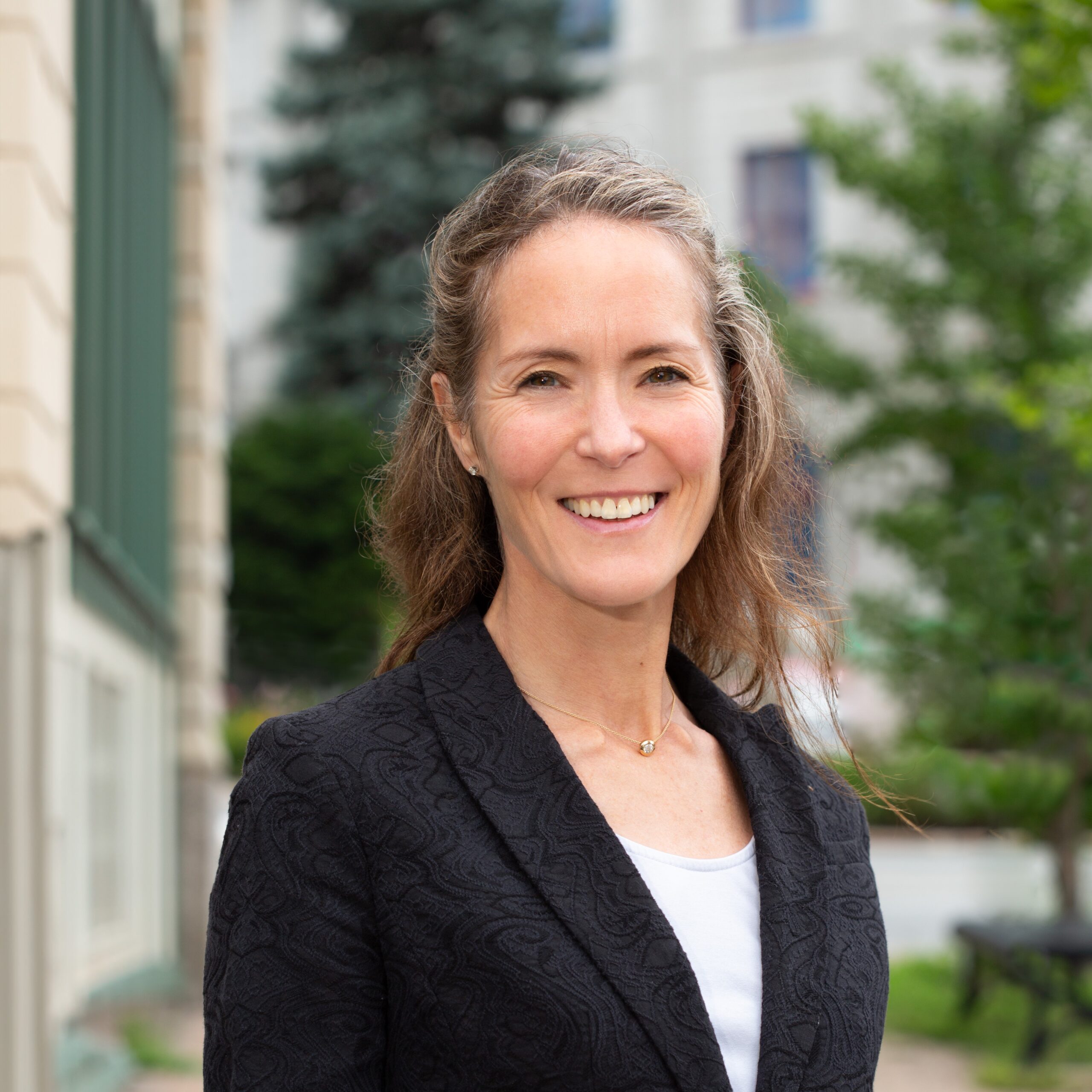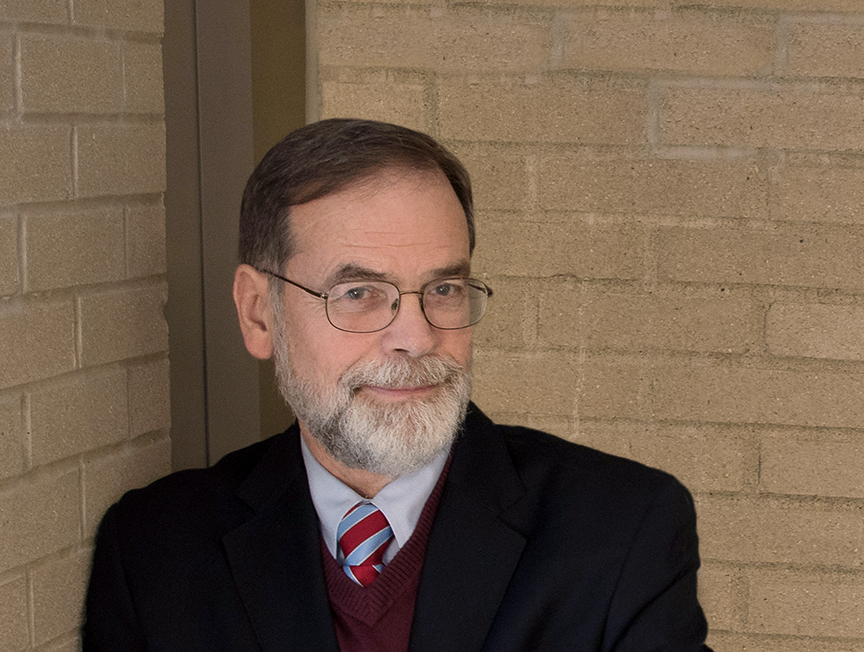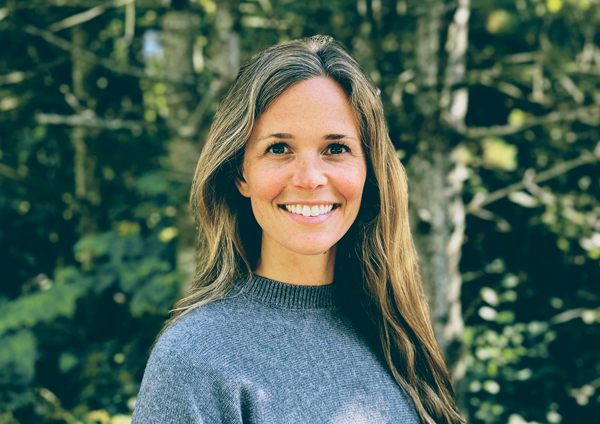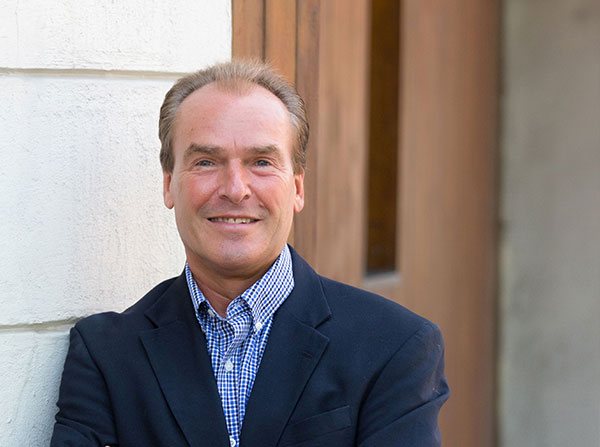Many employers, particularly in the nonprofit community, now talk a good game regarding their commitment to diversity. They have policies in place prohibiting discrimination and enthusiastically acknowledge the virtue and utility of a diverse workforce. It’s been ten years since University of Michigan Professor Scott E. Page published mathematical modeling and case studies showing how variety in staffing produces organizational strength. “Diverse groups of people bring to organizations more and different ways of seeing a problem and, thus, faster/better ways of solving it,” said Page, which is backed by accumulated evidence over the past decade. It stands to reason, moreover, that organizations serving diverse populations would do well to mirror their constituencies in their staffing. Yet too often, organizations miss an opportunity to walk the walk, to build strength by actively diversifying their workforce; and in many cases, it’s because their hiring practices have not evolved along with their thinking.
Building a team with diverse work styles, past experiences, backgrounds, skill sets and knowledge requires a fresh approach to hiring.
Acknowledge your biases
To create the change you want to see in your organization, first, consider the likely influence of subconscious bias, people’s natural tendency to surround themselves with versions of themselves. We see it in friendships, romantic relationships, community-based organizations, neighborhoods and social media, where people gravitate to those with similar markings in terms of race, educational level, heritage, economic status, and/or worldview. The inclination is understandable—it takes less energy to interact with people like ourselves—but when organizations succumb to this tendency in their hiring, the result is homogenous teams without the diversity in nature, experience and outlook to think outside the box, offer new perspective, and drive innovation.
Diversify your hiring committee
Assess your decision-makers through an equity lens. Does your search or hiring committee reflect the diversity and commitment to equity you’re seeking? Establish consensus around the value of an inclusive workplace, identify gaps in representation within your committee, and broaden your collective perspective by adding members of a different ilk. Think beyond racial diversity, which is not always possible in Maine’s predominantly white communities, to consider formal educational attainment, age, sexual identity, gender, rurality, work style…The possibilities are practically countless, and each difference offers additional insight.
Since we can’t totally rid ourselves of subconscious bias, having a diverse search committee helps create a system of checks and balances for biases everyone brings to the table.
A diverse hiring committee will also help strategize targeted candidate recruitment activities, which is crucial to attracting top talent from various sectors. Beyond mainstream job sites and your established network, consider new avenues into underrepresented communities: multicultural professional associations, affiliated groups on LinkedIn and other platforms, and direct outreach via your new representative committee members.
Choose your words carefully
Make your commitment to equity explicit in your job posting, use language that is generally enticing and avoid unnecessary jargon. Studies have shown that certain words resonate differently with men and women, and using them in your job description may inadvertently skew your applicant pool. Researchers from the University of Waterloo and Duke University found that words commonly associated with male stereotypes, such as “leader,” “competitive,” and “dominant,” serve to deter female applicants who determine, based on the language of the job description, that the opportunity is not for them. To communicate a genuinely open door, scrub your position descriptions of “gender-coded words.” Circulate a draft among your diverse hiring committee for feedback on the language, and as a final measure take advantage of a nifty online tool that will flag words you may not realize are gender-coded: http://gender-decoder.katmatfield.com/.
Distinguish between essential and nice-to-have
Before engaging with candidates, get clear on the qualifications you’re seeking. What skills, experience and characteristics are required for your new hire to perform at the highest level? Focusing on these predetermined “must-haves” will help you combat subconscious bias. For example, “executive management experience” might exclude qualified candidates outside the corporate realm, while “leadership experience” casts a wider net. Similarly, a graduate degree might be nice to have but a candidate with comparable work and life experience may be equally attractive, so be cautious about establishing requirements that unhelpfully narrow your options.
Stay focused and objective
Craft interview questions keyed to the position requirements, and stick to those questions in every interview. Finding commonality with a candidate can easily derail the information-gathering process. “You completed a half marathon last weekend? I’m an avid runner…” and before you know it, time is up and you’re left with a very positive impression but few details related to the candidate’s suitability. A uniform interview process and disciplined approach will minimize distracting input and keep everyone on point.
Adapting your hiring practices to align with your workforce and leadership development goals takes conscious effort and resistance to powerful subconscious forces, but you can’t keep doing the same old same old and expect different results. Actively developing strength through diversity will have a transformative effect on your organization and the community at large, so the next time you have a vacancy, open your mind and your door to different.






